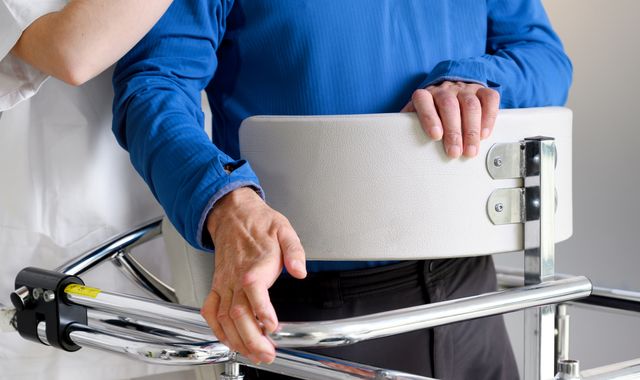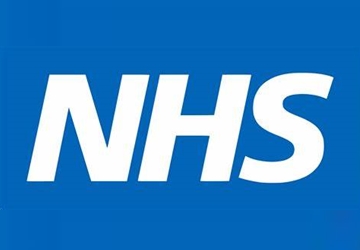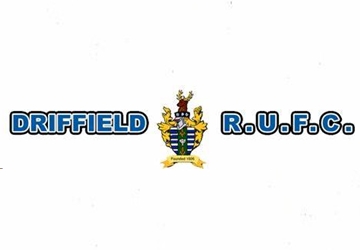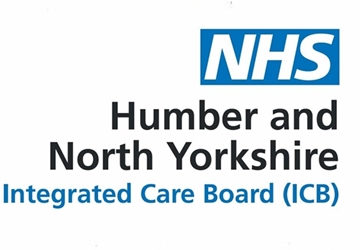The World Cup winner said the diagnosis has been “incredibly hard to process and a huge shock to me and my family”.
There is a one in 300 risk of being diagnosed across a lifetime, the MND Association says – but studies have suggested there is a link between professional sports and the disease.
Here’s what we know about MND and the possible link to playing sports.
What are the symptoms of motor neurone disease?
Motor neurone disease (MND) causes muscle weakness that worsens over the course of months or years.
The condition mainly affects people in their 60s and 70s, but people can be diagnosed younger.
The NHS says MND can happen gradually and may not be obvious initially. Here are some of the early symptoms:
• Stiff or weak hands
• Weak legs and feet
• Twitches, spasms or muscle cramps
When the disease progresses, symptoms can worsen to include:
• Problems breathing, swallowing and speaking
• Changes to personality and mood
• Being unable to walk or move
Four types of MND affect patients differently – particularly early in the disease’s progression.
Amyotrophic lateral sclerosis (ALS), the most common form of the disease, causes muscle weakness in the arms and legs.
Progressive bulbar palsy (PBP) mainly affects muscles in the face, throat and tongue, causing slurred speech and problems swallowing.
Progressive muscular atrophy (PMA) causes weakness in the hands, while primary lateral sclerosis (PLS) causes weak legs, sometimes with other symptoms including speech problems.
What is the life expectancy?
The life expectancy differs for each of the four types of MND.
PLS is not life-shortening and progresses very slowly. The life expectancy for PMA is usually more than five years from the onset of symptoms, according to the MND Association.
The life expectancy for ALS is two to five years from when symptoms are first noticed, while for PNBP, it’s between six months to three years.
Is there a cure?
There is currently no cure for MND but there are a variety of treatments which can help people ease their symptoms.
What treatments are there for MND?
MND is usually life-shortening and there’s currently no cure, but treatments have been developed to help manage the symptoms.
Those suffering from it need ongoing care and support from a wide range of specialists, such as physiotherapists, occupational therapists and speech and language therapists, according to the NHS.
Care can include tube feeding, breathing and ventilation support – such as a tracheostomy – and mental health support.
Just one drug is currently licensed for MND treatment in the UK: riluzole.
While riluzole is not a cure, trials have shown it can impact survival, the MND Association says. It is thought to work by reducing the activity of glutamate, a chemical messenger that can cause nerve damage if too much is produced.
Are athletes more likely to be diagnosed?
Athletes appear to be disproportionately likely to contract MND – but while a handful of studies have shown a correlation between professional sports and the disease, they do not prove a cause.
A 2022 study found rugby players are 15 times more likely to develop MND – leading to calls for players to take part in fewer matches each year.
More from Sky News:
What is autism and how is it diagnosed?
Disease-carrying mosquitoes arrive in UK
Former rugby league star Rob Burrow worked tirelessly to raise awareness of MND after being diagnosed with the illness in December 2019.
Leeds Rhinos player Burrow, who was made a CBE for his services to MND, spent the final years of his life campaigning and raising millions of pounds for charities doing research into the rare condition. He died in June 2024 at the age of 41.
Other prominent sports stars diagnosed with MND include former Scotland rugby player Doddie Weir – who died at the age of 52 in November 2022, five years after sharing his diagnosis – and Euphoria actor Eric Deane, who shared his diagnosis in April.
Stephen Hawking is one of the most well-known public figures to be diagnosed with MND. The theoretical physicist was diagnosed with ALS in the early 1960s.
While doctors gave him just two years to live, he died aged 76 in March 2018.






























